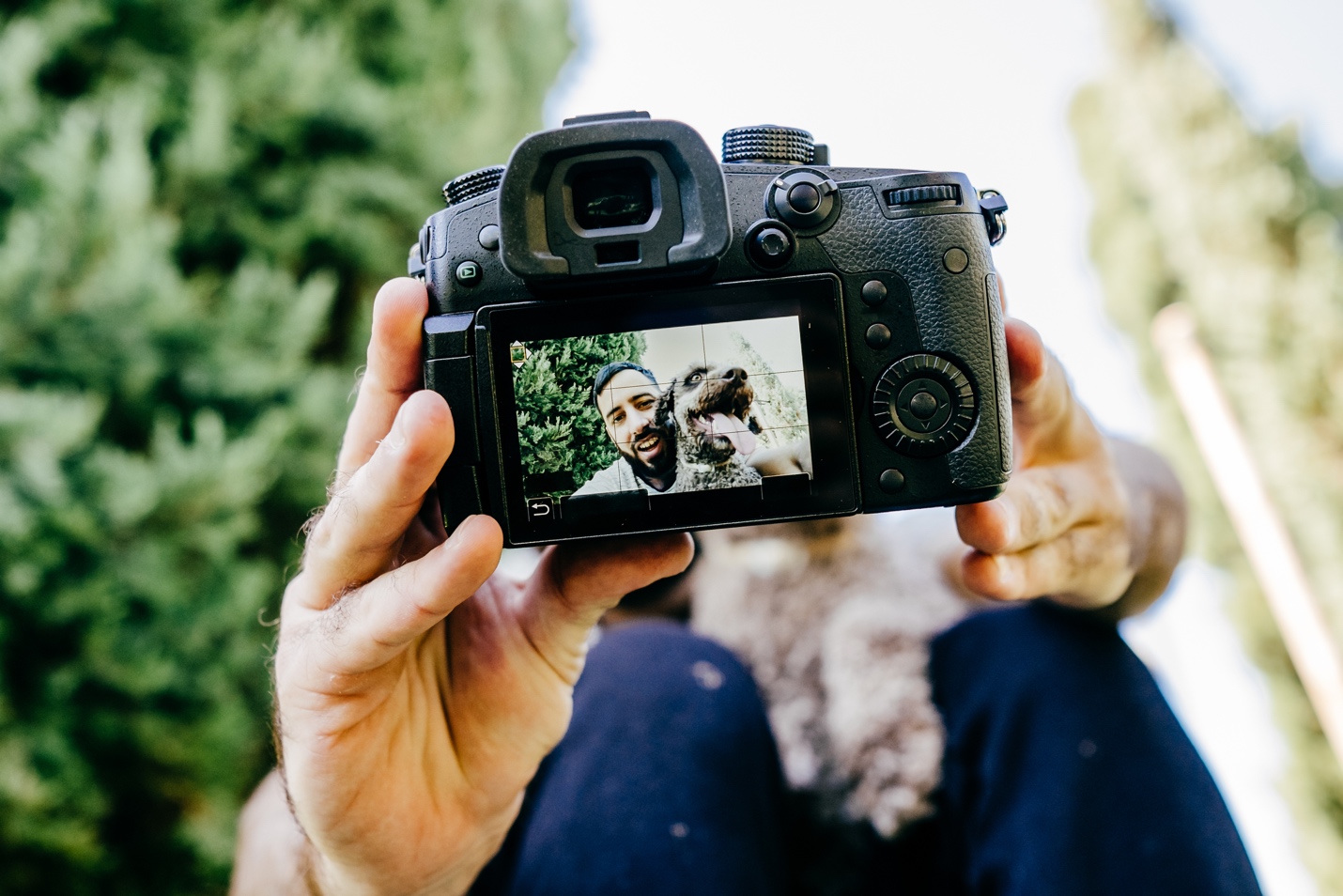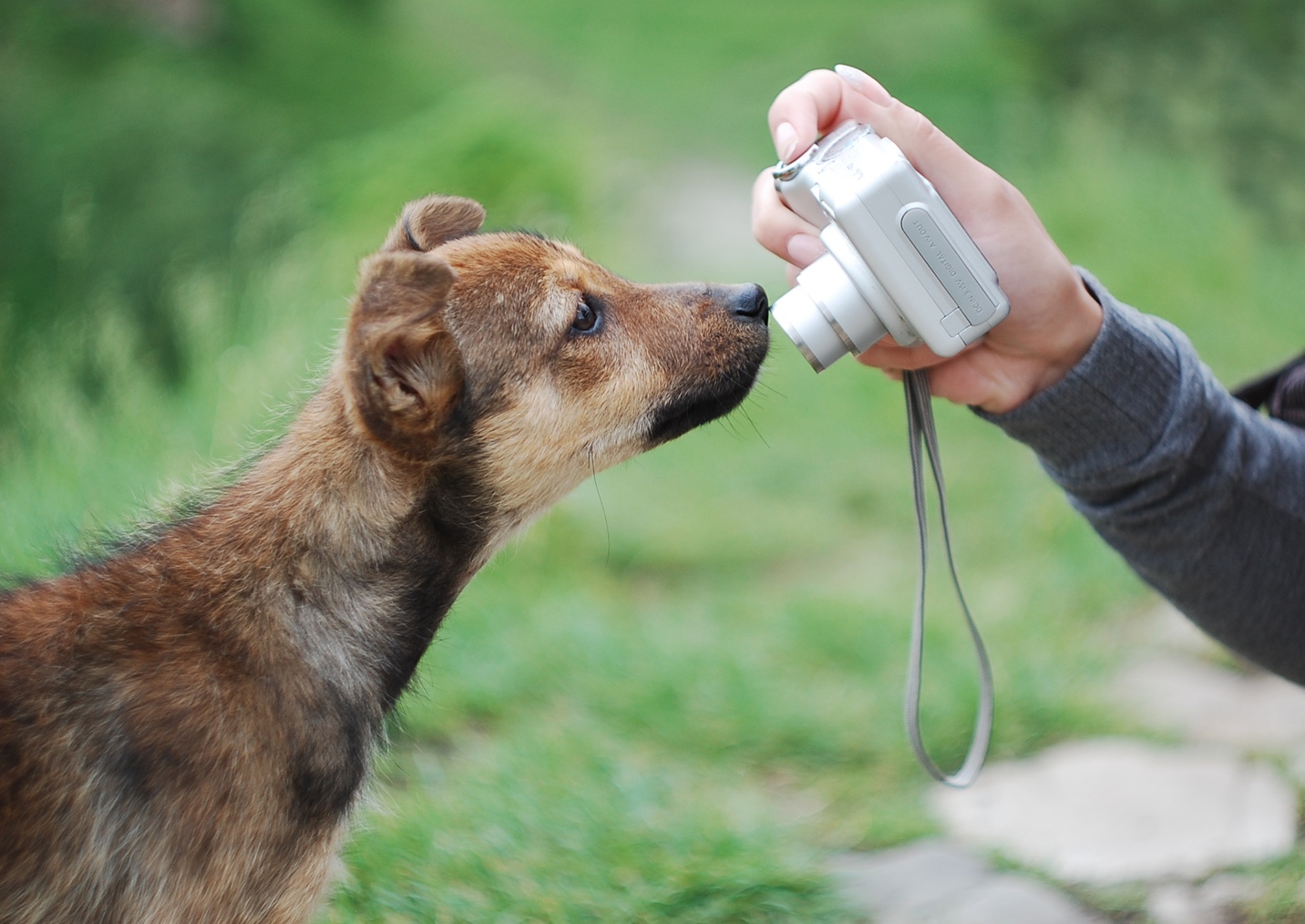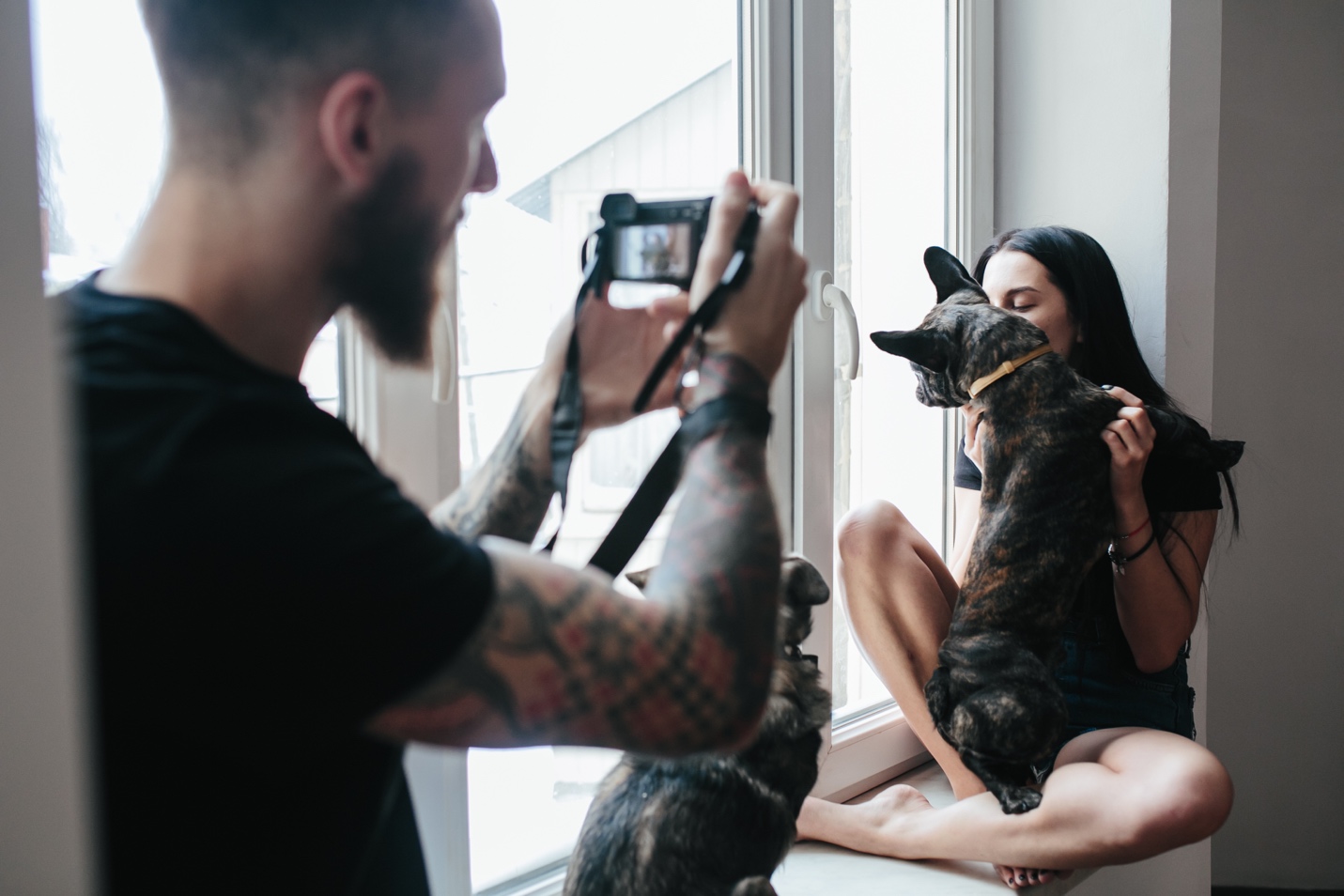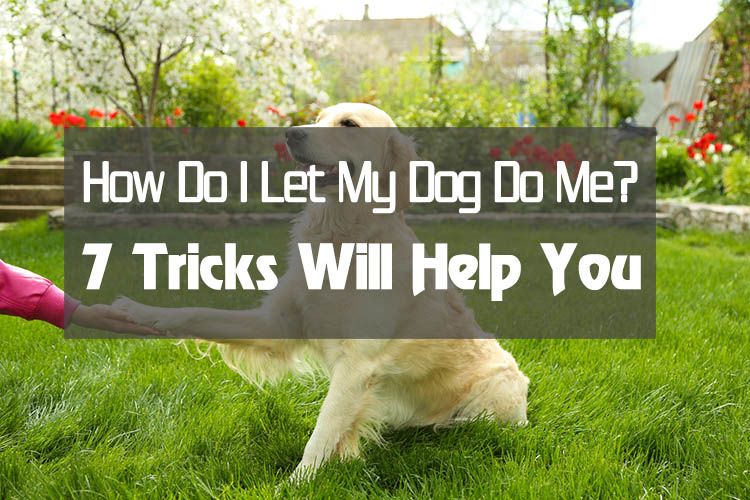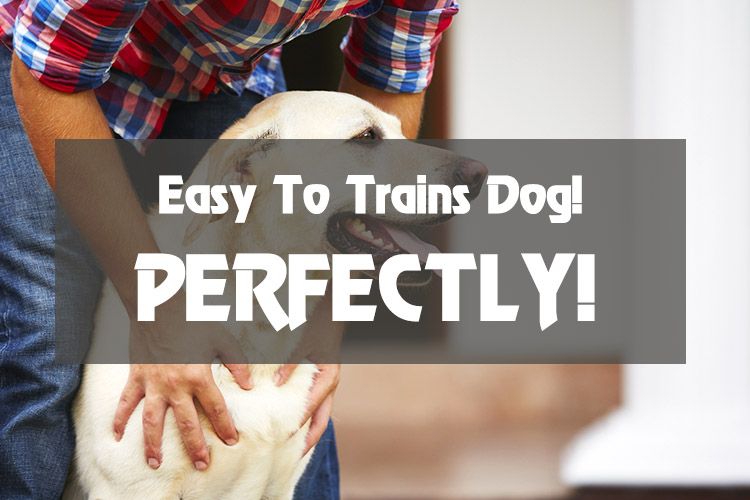A glance at the most popular pet Instagram accounts proves that people simply love photos of dogs: Jiff the Pom has 8.2 million followers; Doug The Pug has 3.2 million, and Shiba Ina Maru has 2.6 million (plus branded merchandise). But these picture-perfect Instagram accounts belie the difficulty of photographing your pup.
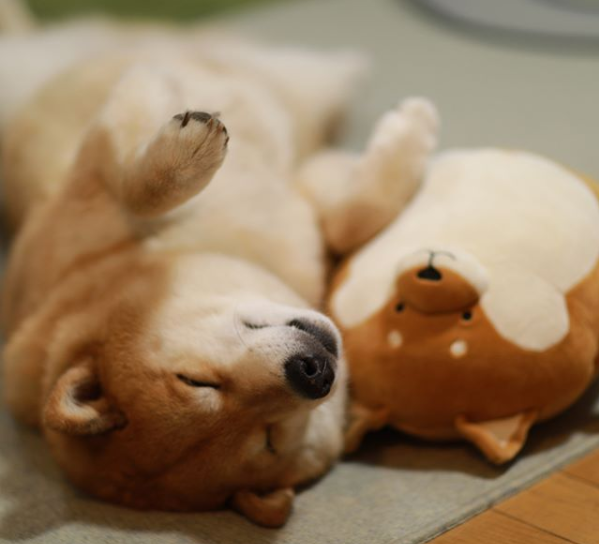
Dogs are easily distracted, don’t sit still or look at the camera and move so quickly the average smartphone can’t capture anything more than a blurry tail. But with some advanced planning and knowledge, you can get Instagram-worthy images of your beloved pet—even if she won’t stop wagging her tail at lightning speed.
Perhaps you’re hoping to start your own dog-dedicated Instagram, or you’d like to post more photos of your dog on your personal account. Maybe you just need Rover to sit still for 30 seconds while you snap the annual family portrait. Whatever your reasons, here are nine tips you need to follow to get the best dog portraits:
” my chester enjoys being with them! ”
When using flash it’s easier to get little white “catchlights” in the subject’s eyes, which helps bring out their eyes and makes the eyes – and the subject – seem more interesting.
Josh Norem, Pet lovers
Decide What Shots You Want to Get
Envision what you want the final pictures to look like. Do you want your dog to be candid or posed? What about outside or indoors? Solo shots, or with other people and pets? Or a combination of all of the above? By planning things out ahead of time, you’ll make the photoshoot go a lot more smoothly and reduce frustration for both yourself and your doggo.
Shoot in a Familiar Location
Taking photos at a location you—and more importantly, your dog—are familiar with offers several benefits. First of all, it will allow you to more accurately plan out your shots in advance (see step one). Secondly, it also reduces that chance that your dog will be distracted by or anxious about all the new sights and smells because he already knows where he is. Your home is a good place to start for indoor photos and your backyard or your pup’s favorite local dog park are a great option for outdoor pictures.
Take Advantage of Natural Light
Natural light is natural (duh), which means that you don’t have to lug around any lighting equipment in addition to your camera. Plus, the flash of fancy camera lights can also frighten your dog and cause red eye that’s hard to edit out of the final image, but the natural light won’t do either of these things. Furthermore, natural light is extremely flattering and photographs well; no one–dog or human–looks good under indoor fluorescent lights.
Use Fast Shutter Speeds
It’s no secret that dogs can go from zero to ninety whenever they want—which is often right when you’re trying to snap a photo of them. This is why you’ll want to shoot with a fast shutter speed, which will “freeze” the motion into a crisp, clear image. Some newer smartphone models either offer a way for you to adjust the shutter speed manually or you can download a third-party app and increase your shutter speed that way.
If you’re shooting with a real camera, all models allow you to manually adjust the shutter speed up or down. Whether you’re using a smartphone or a camera, automatic settings (even if they’re specifically for photographing pets) might not offer a high enough shutter speed, so manually adjust it whenever you can.
Change Your Perspective
Your camera perspective, that is. We usually see dogs from above, since humans are taller than pups. But shake things up and get on your dog’s level, or even further down, and snap photos from below. You can also try climbing on a stool or ladder or standing really far back from your dog. You might also want to focus on just one feature in a close-up, such as a beautifully fluffy tail or cute little paws. As the saying goes, variety is the spice of life, and shooting from many different perspectives and angles will increase the visual appeal of your photos.
Prepare Your Dog for the Photos
If you want pictures of your dog lazing around and looking cozy, snapping photos while she’s falling asleep or waking up from a nap is a good idea. On the other hand, if you want your dog looking happy and alert, play with her or take her on a brisk walk beforehand to perk her up and get the blood flowing. Pups love to play, so throwing around their favorite dog toys is a sure way to make them smile. You can also use the toys as props during the photo shoot to add visual interest.
Bring Rewards
Taking photos is hard work for both the photographer and the model, and your pup deserves a reward in the form of his favorite dog treat. Treats are also a great incentive to get your dog to sit, lie down, roll over and otherwise pose for photos. If the photoshoot goes for a long time, you can intersperse the treats with belly and ear rubs or other rewards to keep your pup from over-indulging and upsetting his stomach.
Be Patient and Kind
Snapping pictures of dogs is a bit like taking photos of babies: They can’t speak, they’re easily distracted and they don’t really understand what’s going on. The best thing you can do is be patient and stay relaxed throughout the photoshoot. Dogs cue off their dog parents’ emotions, so if you’re frustrated or annoyed, they’ll pick up on that and become anxious or act out. Keep your commands gentle and don’t speak too aggressively—after all, you don’t want pictures of your dog looking cowed with her ears pinned back.
Edit Your Photos
Your dog’s work is done after the photo shoot ends, but your work isn’t. Some (or all) of your original photos might need slight tweaks to make them look their very best, such as touching up blemishes or adjusting the brightness, contrast or saturation. Plenty of desktops apps—from Apple’s Photos to Adobe Photoshop—offer a variety of photo-editing capabilities, and Pixlr is a great web-based (and free!) image editing program if you don’t already have a desktop one.
Dogs aren’t the easiest animals to photograph because of their natural curiosity and wiggly energy, but it’s hard to think of a better photo than a pup’s beaming grin. Even the most uncooperative, distracted dog can be turned into a model pup with some careful planning and prep. Follow these tips to ensure your next canine photography session is a success.

